Recent Publications
Generativity has authored or provided medical writing services for over 60 publications. Below are some examples of our most recent papers for which we provided publication planning and writing services.
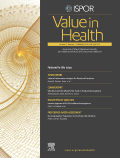
Value in Health
Impact of Nonrandomized Dropout on Treatment Switching Adjustment in the Relapsing-Remitting Multiple Sclerosis CLARITY Trial and the CLARITY Extension Study
Statistical methods to adjust for treatment switching are commonly applied to randomized controlled trials (RCTs) in oncology. Nevertheless, RCTs with extension studies incorporating nonrandomized dropout require consideration of alternative adjustment methods. The current study used a recognized method and a novel method to adjust for treatment switching in relapsing-remitting multiple sclerosis (MS).
[Read More]
Gorrod HB, Latimer NR, Damian D, Hettle R, Harty GT, Wong SL
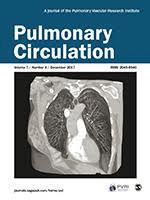
Pulmonary Circulation
Implantable System for Treprostinil: A Real-World Patient Experience Study
Parenteral prostanoids are effective for improving outcomes in patients with pulmonary arterial hypertension. However, subcutaneous or intravenous delivery via an external pump places a significant burden on patients. Consequently, the Implantable System for Remodulin© (treprostinil) was developed and is associated with a low rate of complications (United Therapeutics (Research Triangle Park, NC) in collaboration with Medtronic, Inc. (Mounds View, MN)).
[Read More]
Shapiro S, Bourge RC, Pozella P, Harris DF, Borg EH, Nelsen AC
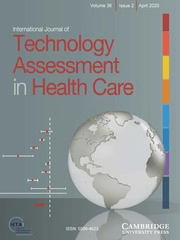
International Journal of Technology Assessment in Health Care
Desirability and Acceptability of a Treatment-Sequencing Model in Relapsing-Remitting Multiple Sclerosis: A Health Technology Assessment Perspective
Although experts confirmed the importance of evaluating the clinical and cost-effectiveness of treatments as part of a sequence, the current HTA decision making framework is not conducive to this. Developing an RRMS treatment-sequencing model that meets HTA requirements is difficult, in particular due to scarcity of effectiveness data in later treatment lines.
[Read More]
Piena MA, Schoeman O, Harty GT, Wong SL
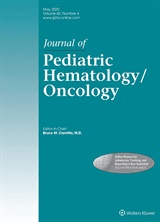
Journal of Pediatric Hematology / Oncology
A Phase 2, International, Multicenter, Open-label Clinical Trial of Subcutaneous Tbo-Filgrastim in Pediatric Patients With Solid Tumors Undergoing Myelosuppressive Chemotherapy
This phase 2, multicenter, open-label trial investigated the safety and tolerability of tbo-filgrastim in pediatric patients receiving myelosuppressive chemotherapy. In total, 50 patients 1 month to below 16 years of age with solid tumors without bone marrow involvement were stratified into 3 age groups (2 infants, 30 children, 18 adolescents) and prophylactically administered tbo-filgrastim 5 µg/kg body weight once daily subcutaneously.
[Read More]
Federman N, Dragomir MD, Kizyma Z, Roganovic J, Bias P, Lammerich A, Arie ZRB, Zou L, Hoehn G, Buchner A
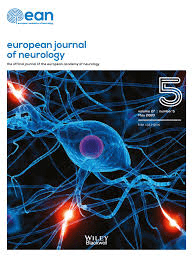
European Journal of Neurology
Modified Delphi Study of Decision-Making Around Treatment Sequencing in Relapsing-Remitting Multiple Sclerosis
Existing effectiveness models of disease-modifying drugs (DMDs) for relapsing-remitting multiple sclerosis (RRMS) evaluate a single line of treatment; however, RRMS patients often receive more than one lifetime DMD. To develop treatment sequencing models grounded in clinical reality, a detailed understanding of the decision-making process regarding DMD switching is required.
[Read More]
Piena MA, Schoeman O, Palace J, Duddy M, Harty GT, Wong SL

Journal of Oncology Pharmacy Practice
Background Granulocyte colony-stimulating factors are effective at reducing the risk and duration of neutropenia.
The current meta-analysis compared the neutropenia-related efficacy and safety of lipegfilgrastim to those of pegfilgrastim and filgrastim. Methods Embase was searched for trials examining the efficacy/safety of lipegfilgrastim, pegfilgrastim, or filgrastim. Outcomes included febrile neutropenia, severe neutropenia, duration of severe neutropenia, time to recovery of absolute neutrophil count, and incidence of bone pain.
[Read More]
Bond TC, Szabo E, Gabriel S, Klastersky J, Tomey O, Mueller U, Schwartzberg L, Tang B.

Journal of Managed Care & Specialty Pharmacy
A Budget Impact Analysis from the Payer Perspective.
Granulocyte colony-stimulating factors (G-CSFs) are often administered to reduce the incidence, severity, and duration of febrile neutropenia (FN) in chemotherapy patients. Tbo-filgrastim and filgrastim-sndz represent a follow-on biologic and a biosimilar version, respectively, of the short-acting G-CSF filgrastim with comparable efficacy and safety.
[Read More]
Trautman H, Szabo E, James E, Tang B.
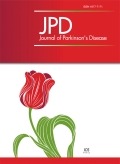
Journal of Parkinson’s Disease
Examination of the UPDRS bradykinesia subscale: equivalence, reliability and validity.
Administering items or subscales separately from the measure for which they were designed to be a part may have unintended consequences for research and practice in Parkinson’s disease (PD). The current study tested the equivalence of the bradykinesia subscale when administered alone versus as a component of the full 14-item Unified Parkinson’s Disease Rating Scale (UPDRS) motor examination, as well as examined the reliability and validity of the bradykinesia subscale.
[Read More]
Buck PO, Wilson RE, Seeberger LC, Conner JB, Castelli-Haley J

Leukemia and Lymphoma
Healthcare Utilization and Costs Associated with Tyrosine Kinase Inhibitor Switching in Patients with Chronic Myeloid Leukemia
Tyrosine kinase inhibitors (TKIs) represent the standard therapy to manage chronic myeloid leukemia (CML) and have resulted in a greatly reduced mortality rate. However, up to 40% of patients experience first-line failure, with many patients experiencing second-line. This analysis examined healthcare utilization and costs for CML patients that switched to a third-line TKI after having failed both first- and second-line TKI therapy.
[Read More]
Kropf P, Barnes G, Tang B, Pathak A, Issa JPJ
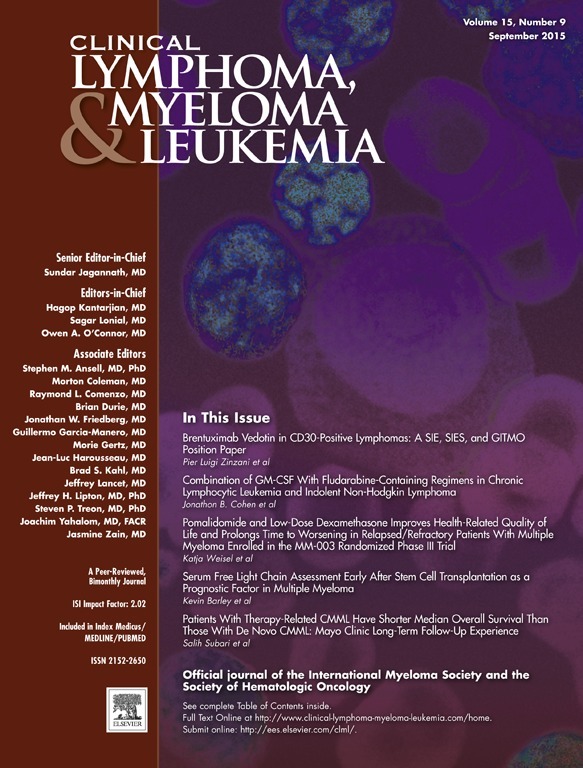
Clinical Lymphoma, Myeloma & Leukemia
Cost-Effectiveness Analysis of Treating Acute Promyelocytic Leukemia Patients with Arsenic Trioxide and Retinoic Acid in the United States
This study estimated the cost-effectiveness of arsenic trioxide (ATO) added to all-trans retinoic acid (ATRA) when used in first-line acute promyelocytic leukemia (APL) treatment.
[Read More]
Tallman M, Lo-Coco F, Barnes G, Kruse M, Wildner R, Martin M, Mueller U, Tang B

Clinical Lymphoma, Myeloma & Leukemia
Effectiveness of Homoharringtonine (Omacetaxine Mepesuccinate) for Treatment of Acute Myeloid Leukemia: A Meta-analysis of Chinese Studies
The present meta-analysis provides an overview on the effectiveness of homoharringtonine (HHT) combination regimens to treat acute myeloid leukemia (AML). Because most of these studies were performed in China, Chinese published clinical studies were used for the analysis. A search for studies from 2006 to 2013 of regimens containing HHT for AML treatment was performed using published studies and Chinese databases in Mandarin.
[Read More]
Kantarjian H, O’Brien S, Jabbour E, Barnes G, Pathak A, Cortes J
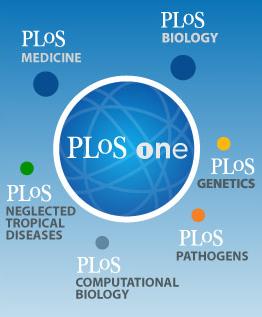
PLoS One
Budgetary Impact of Treating Acute Promyelocytic Leukemia Patients with First-Line Arsenic Trioxide and Retinoic Acid from an Italian Payer Perspective
The objective of this study was to estimate the net cost of arsenic trioxide (ATO) added to all-trans retinoic acid (ATRA) compared to ATRA plus chemotherapy when used in first-line acute promyelocytic leukemia (APL) treatment for low to intermediate risk patients from the perspective of the overall Italian healthcare systemA Markov model was developed with 3 health states: stable disease, disease event and death.
[Read More]
Kruse M, Wildner R, Barnes G, Martin M, Mueller U, Lo-Coco F, Pathak A

Cancer Medicine
G-CSF Utilization Rate and Prescribing Patterns in United States: Associations Between Physician and Patient Factors and GCSF Use
Febrile neutropenia (FN) is a common complication among patients with chemotherapy-induced myelotoxicity and is associated with a number of negative outcomes including prolonged hospitalization, increased medical costs, increased risk of mortality, dose reductions, and delays.
[Read More]
Barnes G, Pathak A, Schwartzberg L
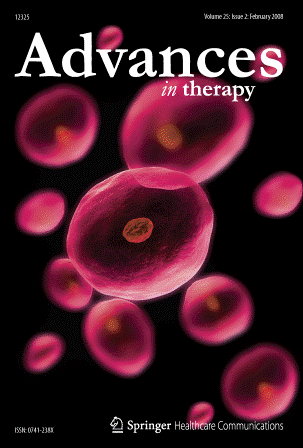
Advances in Therapy
Pharmacoeconomics of Granulocyte Colony-Stimulating Factor: A Critical Review
In the USA, neutropenia-related hospitalization is estimated to occur in 34.2 cases per 1,000 chemotherapy-treated patients. The cost of hospitalization is significant with estimates ranging, on average, from $10,000 to $30,000 per neutropenia-related hospitalization.
[Read More]
Barnes G, Pathak A, Schwartzberg L

Journal of Leukemia
Burden of Tyrosine Kinase Inhibitor Failure in Patients with Chronic Myeloid Leukemia
Tyrosine kinase inhibitors (TKIs) have been extremely effective at inducing remissions and slowing down the progression of chronic myeloid leukemia (CML) resulting in a significant reduction in morbidity and mortality
[Read More]
Kropf P, Barnes G, Tang B, Pathak A, Issa JP



